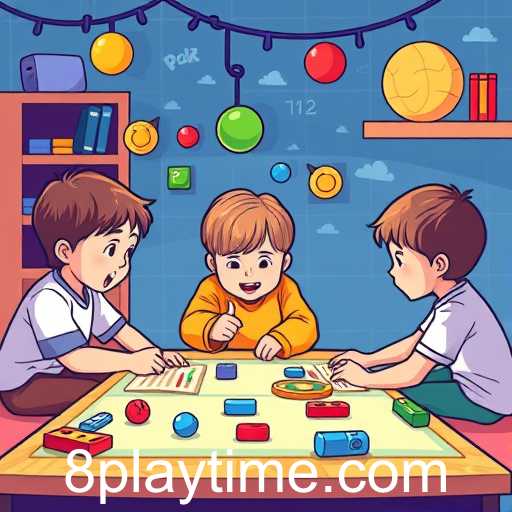In today's digital age, the boundary between education and entertainment is increasingly blurred, thanks to the burgeoning field of educational games. With 'playtime' as a core element of these games, educators and developers are harnessing the innate curiosity and engagement that games evoke to bolster learning experiences and outcomes.
Educational games are specifically designed to combine fun and learning, capitalizing on the idea that when learners are engaged, they absorb information more effectively. These games often incorporate problem-solving tasks, interactive storytelling, and simulation elements that encourage players to think critically and apply knowledge in a virtual environment. The primary goal is not only to educate but also to foster a love of learning through enjoyable interactions.
One of the compelling advantages of educational games is their ability to tailor content to different learning styles. Visual learners might benefit from graphics and animations, whereas auditory learners can gain from interactive dialogues and sound cues. Furthermore, kinesthetic learners who benefit from activity-based understanding can interact with game elements in a hands-on manner. This versatility helps ensure that no two experiences are the same, allowing students to learn at their own pace and in their own way.
Playtime in educational games goes beyond traditional rote learning and memorization. It allows learners to experiment with new concepts in a risk-free environment. For example, a math game might allow students to play with numbers and equations to solve puzzles or challenges, thereby gaining a deeper understanding of mathematical concepts through trial and error.
Moreover, educational games promote collaboration and competition. Multiplayer features or leaderboards encourage peer interaction, enabling learners to develop social skills and teamwork abilities while they learn. This aspect can help overcome barriers that some students face in conventional classroom settings, offering a platform for shy or reticent students to demonstrate their capabilities.
As technology advances, educational games continue to evolve, integrating augmented reality, virtual reality, and artificial intelligence to create even more immersive environments. These technological enhancements promise to further blend the lines between play and education, making learning an exciting adventure.
In conclusion, educational games represent a significant shift in teaching paradigms. By making 'playtime' an integral part of the educational process, these games engage, educate, and empower students, paving the way for a future where learning is synonymous with fun and enjoyment. Whether within the classroom or at home, educational games are transforming the landscape of modern education, one play session at a time.








